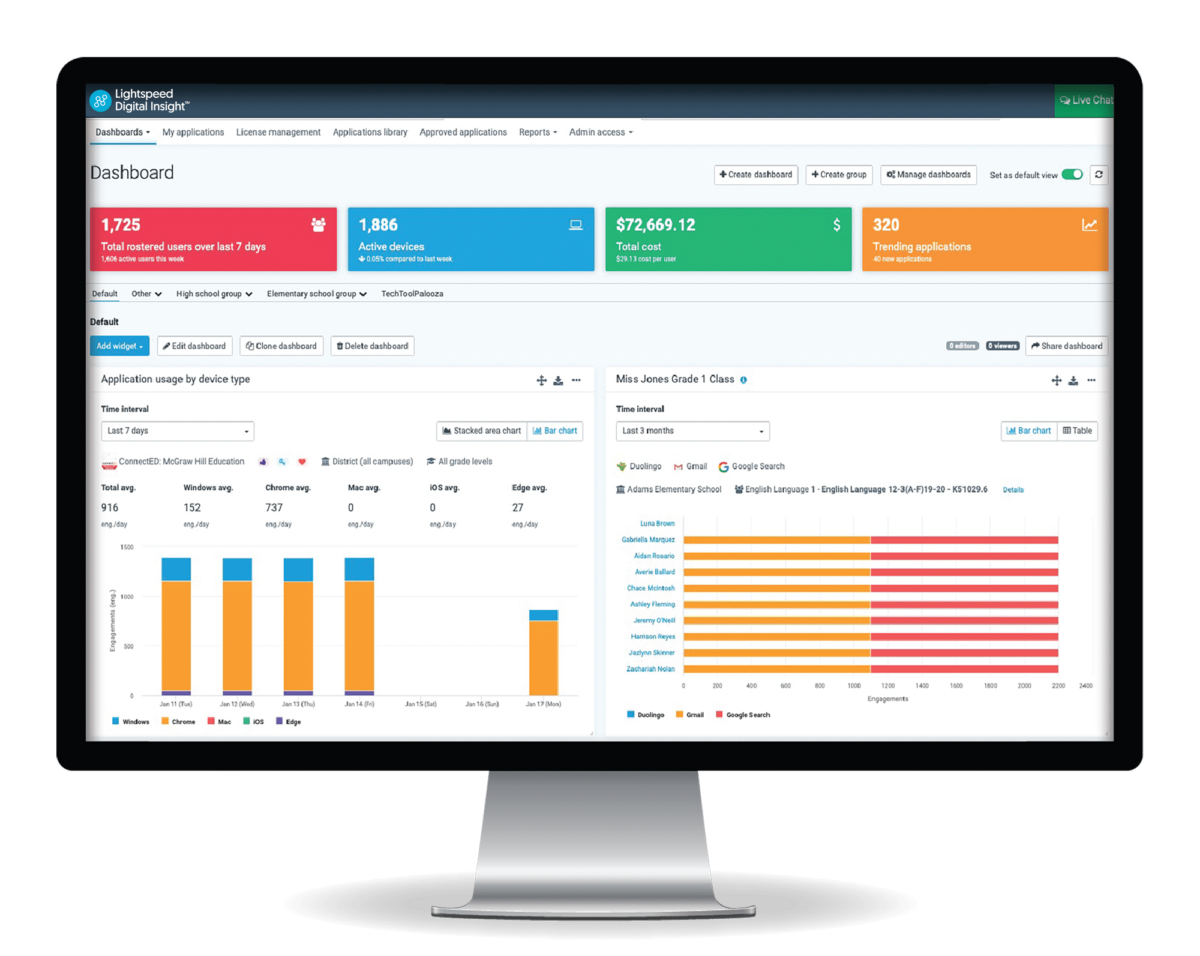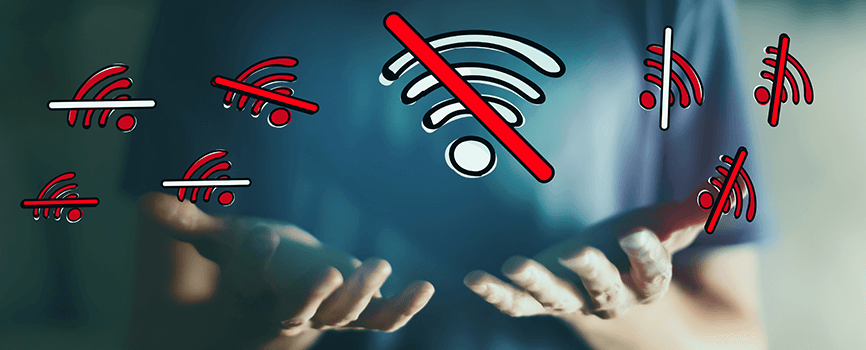Solutions for solving the digital divide in education with technology
What is the Digital Divide in education?
First, we need to understand what the “digital divide in education” is. The digital divide in education involves the unequal distribution of internet access and connectivity among students when at home. This inequality can impact students’ ability to learn, complete assignments, and keep up with their peers, affecting learning opportunities and therefore academic outcomes. This is not for a lack of effort by district leaders who are persistently making creative efforts to close the gap. Yet despite that, there is still a void of reliable data about students’ off-campus internet experience. This lack of data puts everyone at a disadvantage and makes it difficult to design effective solutions to the digital divide in education.
Where parent surveys fall short
Annual or biannual connectivity surveys sent home to parents serve as a primary information source for many districts. However, survey response rates are typically low or suboptimal. During Lightspeed’s recent webinar concerning the digital divide in education, 80% of attendees polled reported a response rate of less than 50% for their district surveys. For Moore Public Schools’ Director of Technology, Jun Kim, a 20% response rate is considered “lucky,” with 25% as the highest response rate his district has ever seen.
Parental home connectivity surveys that are returned to the district often do not paint the full picture of unique home situations and quickly become outdated. For instance, data that was accurate six months, or even six weeks ago, may no longer be relevant today. This means that a district’s efforts to address the digital learning divide for their students may be based on inaccurate data, which can result in less effective solutions.
The problem with student self-reporting
Student self-reporting of internet access at home can provide valuable information for understanding and addressing the digital divide in education. However, many students may be hesitant to report that they lack access to the internet at home in the first place. Students may feel embarrassed to raise the concern that they do not have the same resources as their peers—particularly in wealthier districts—which can lead to underreporting of the problem.
Furthermore, young children cannot self-report as they do not possess the understanding or skills to accurately communicate their internet access needs. This can lead to an underestimation of the problem for younger students. In addition, self-reporting may not take into account other factors contributing to the digital divide, such as the “availability of devices or the affordability of internet access,” Mac McMillian, Beaverton School District’s IT Administrator, noted during Lightspeed’s recent digital divide webinar, referencing the 2022 Home Internet Connectivity report conducted by CoSN in partnership with his district.
What about ISP maps?
With the lack of self-reported data from parents and students, many district leaders turn to Internet Service Provider (ISP) maps to identify areas with poor internet connectivity to support large-scale digital divide solutions and direction for strategic investments. Unfortunately, these maps are often found to be inaccurate and unreliable, which can result in misidentifying areas that need support and wasting valuable time. More immediately, ISP maps do not provide student-level data that provides a snapshot of an individual student’s unique needs—be it a device problem affecting connectivity, a hotspot that is being shared with too many users affecting internet speed, or a learning app that takes up too much bandwidth.
The difficulty of identifying students in need
Additionally, pandemic-era universal meal waivers led to the degradation of income data, making it more difficult to pinpoint socioeconomically disadvantaged students who may be likely to have poor internet access at home. Despite the end of “free lunch for all,” many struggling families do not self-report or qualify for benefits, making it challenging to target support to those who need it most. Mac McMillian from Beaverton School District shared with Lightspeed how Free and Reduced Lunch gave his district a “baseline” to identify families who may be in need. But as Jun Kim pointed out, “not everybody who is free and reduced is lacking internet connectivity at home,” since families make unique decisions about how to spend their resources and what priorities are highest.
What can districts do to close the digital divide in education?
Solutions to the digital divide in education require a multi-pronged approach, targeted at both the student level and the aggregate level. In cases where districts can obtain reliable data for individual students, simply providing internet access at home to those individuals may not be enough to bridge the gap—improving internet infrastructure in underserved areas (by way of community partnerships or other investments) is also key to ensuring equitable internet access for all.
Fortunately, there are solutions being developed to address the digital divide in education. Lightspeed Digital Insight’s new Digital Equity module provides real-time data to district leaders which enables them to quickly identify and address internet access issues for their students. This real-time data can include information on students who lack devices, have low connectivity, and overall poor internet experience. By providing this data to district leaders, the module makes it easy for them to take the necessary actions to ensure all students have the ability to access online resources.
Additionally, the federal government has also allocated funds to help schools and districts provide high-speed internet access and devices to students who lack them. These funds make it easier for schools and districts to provide devices and reliable internet connectivity, which can address inequality in education.

Lightspeed Digital Insight empowers IT and curriculum leaders with a single view of district edtech usage to quickly understand app engagement, assess the value of their investments, and manage their digital learning ecosystem. View robust analytics, streamline data privacy management, simplify app approvals, and ensure equitable connectivity for all students.

